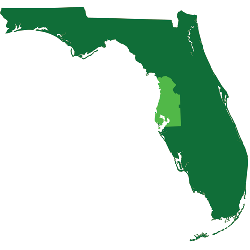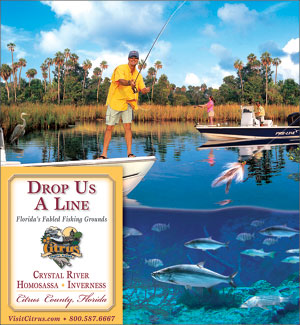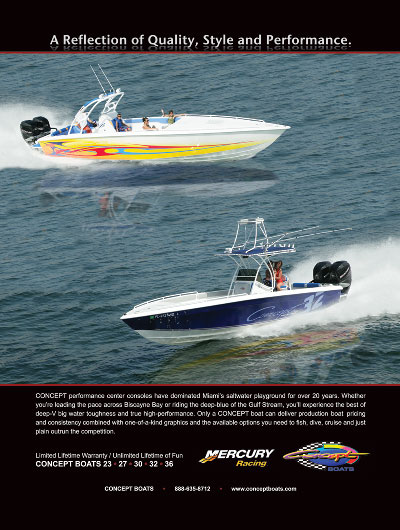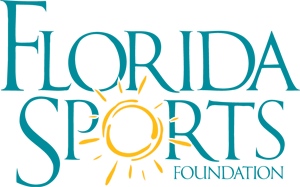
Search:
 Central West Florida
Central West Florida
Hillsborough County
Just east of Brandon, Edward Medard Reservoir is a 700-acre, reclaimed phosphate mine, which draws a large number of anglers seeking black crappie, largemouth bass, redear sunfish, catfish and bluegill. Approximately one-quarter million people visit the park and reservoir купить квартиру в Cочи annually. Irregular bottom contours, plus a number of grasses and other vegetation, provide a wonderful habitat for fish. Largemouth bass can be found near the shoreline and the grasses during winter and spring. The aggressive fish will strike shad-imitating lures. Note: a slot limit protects quality largemouth bass by requiring that all bass between 15 and 24 inches in length must be immediately released back into the lake. The daily bag limit is three fish per day.
Hillsborough County has a number of rivers, such as the Little Manatee River, Alafia River, and Hillsborough River, which provide a wide variety of fishing hotspots. Anglers can fish along the banks for catfish, bream and bass.
 Citrus County
Citrus County
Tsala Apopka, meaning “many waters,” encompasses 19,100 acres, and has heavily vegetated marshes and three open-water pools. Jigs and plastic worms work well to catch bass. Populations of redear sunfish, bluegill, catfish and crappie also can be found in the natural chain of around 50 lakes.
Pinellas County
The largemouth bass found in Lake Tarpon average two to four pounds, making Florida Fish and Wildlife Conservation Commission biologists rank the lake as one of the state's top bass lakes. Redear sunfish also can be caught here throughout the year.
Six- to eight-foot deep grass beds make a perfect environment for fish. Black crappie can be found during cooler weather, while bluegill are caught along the vegetated shoreline using crickets and grass shrimp.
Pasco & Hernando Counties
Middle Lake is a 200-acre fish management area located west of Dade City. There is a good boat ramp and fishing pier which provide access to largemouth bass, black crappie, bluegill, redear sunfish and catfish in the lake. Largemouth bass, panfish and catfish are also abundant in the Withlacoochee River, which flows through Central West, Central and North Central Florida. Fishing in the cooler parts of the day—early morning or in the evening—with light tackle and line, yields the highest number of fish. Weeki Wachee River, in Hernando County, has an abundance of spotted sunfish and largemouth bass. Mangrove snapper and redfish also can be found in the river during winter months.
 Crystal River
Crystal River
Famous for the manatees that swim through the warm waters, Crystal River flows into the Gulf of Mexico. Snook can be found feeding on baitfish, minnows and crabs and can be caught near docks, seawalls and other structures on warm days. On colder days, anglers should try ledges near shore, and deep holes, where snook gather together for warmth. Sea trout typically stay close to grass beds, while redfish assemble near oyster bars and docks. Spoons, jigs and live shrimp are effective baits for both fish.
Homosassa River
The shallow Homosassa River is home to both salt- and freshwater fish, thanks to mineral content from the springs that feed it. Freshwater fish that can be found on the river include largemouth bass, bream and gar, while some saltwater fish are mullet, sheepshead, snook and jacks. Tarpon can be caught on the inshore flats using pinfish, shrimp, mullet, crab, jigs and flies.
 New Port Richey
New Port Richey
In the area known for sponges, redfish dominate New Port Richey’s saltwater flats. They can be found year-round in shallow water, and can be hooked with shrimp, jigs and spoons. In spring and early summer, snook can be caught using sardines, crab and pinfish. Look for sea trout among the grass beds and potholes.
Spanish mackerel swim the beaches along Florida’s Gulf Coast chasing baitfish. They will hit spoons, top-water plugs or live bait. Cobia can also be found near saltwater flats, channel markers and sandbars. Cobia can be caught using live eel, crab and shrimp.
Clearwater/Tampa
Amberjack and tarpon are popular catches in the Gulf of Mexico, near Tampa and Clearwater. Spanish mackerel also are found in late summer and early fall. Use minnows, pinfish and shrimp to catch these species.
Tampa Bay
Fun-to-catch ladyfish are abundant in the Tampa Bay area, as are snook, which can be taken with cigar minnows. Search for redfish and trout along the sandy potholes in the grass flats using live shrimp and gold spoons as bait. Black drum can be found off piers and around bridges and can be hooked using shrimp and crabs.
Reefs/Bay Waters
Finding grouper, mangrove snapper and amberjack during the long, hot days of summer might be hard to do in shallower waters, as they migrate to deeper, cooler waters. When the water temperature is high, they can be found in depths of more than 100 feet, close to reefs. Look for cobia near bay waters and channel markers, using live pinfish, shrimp and crab as bait.



